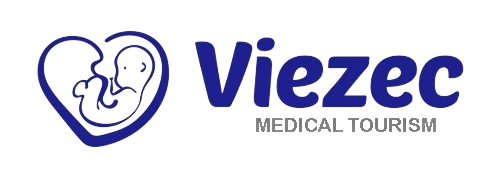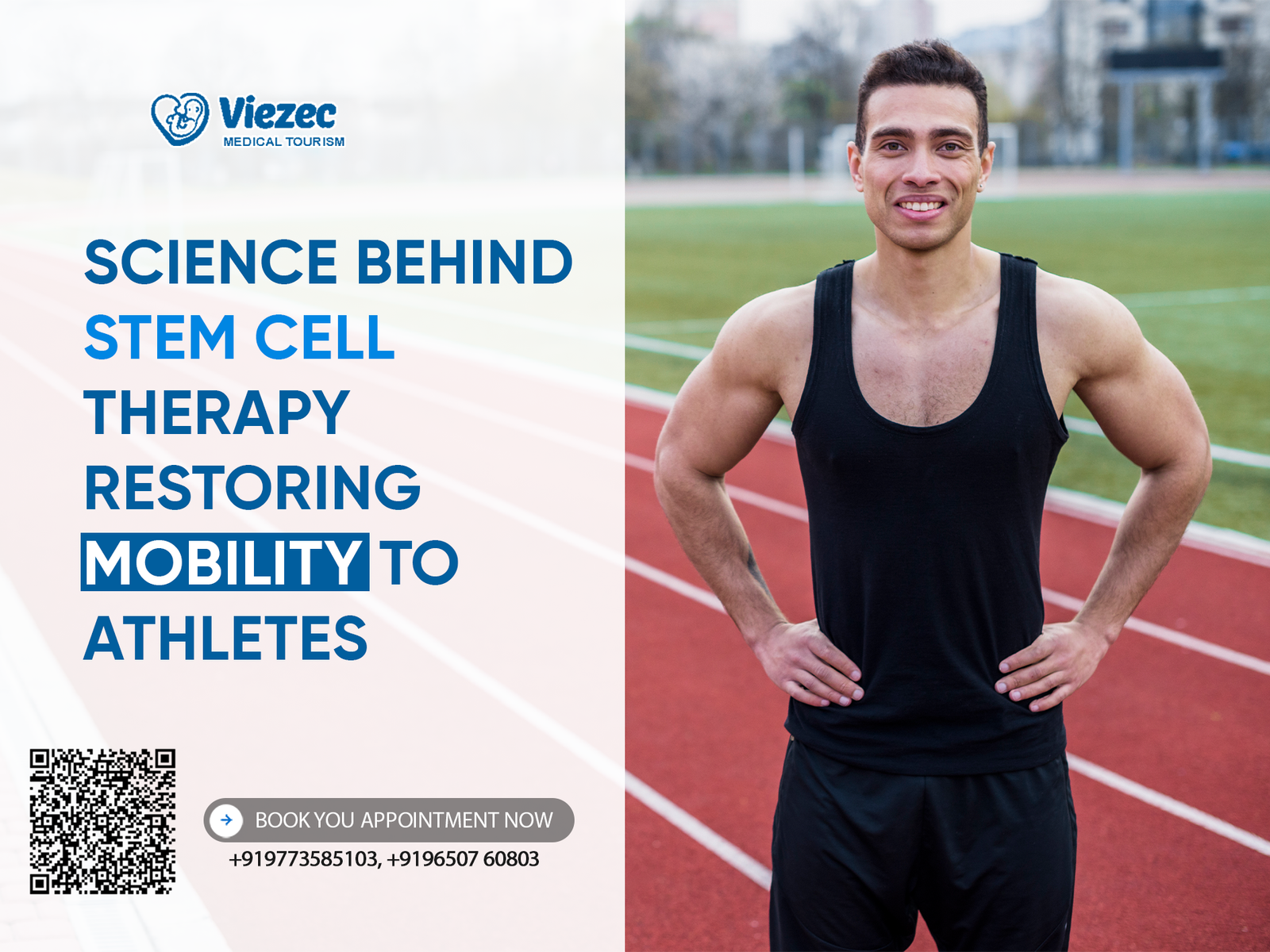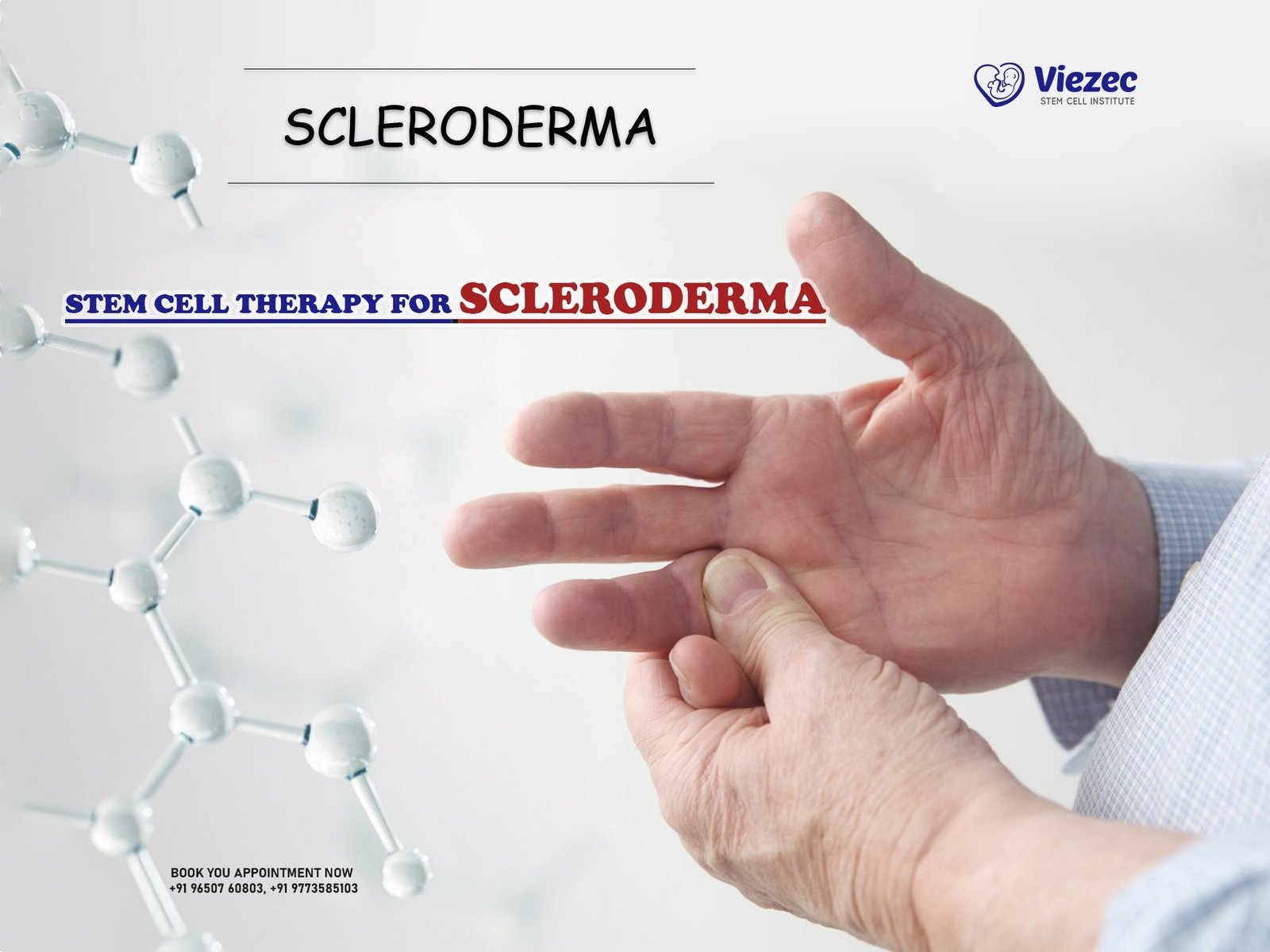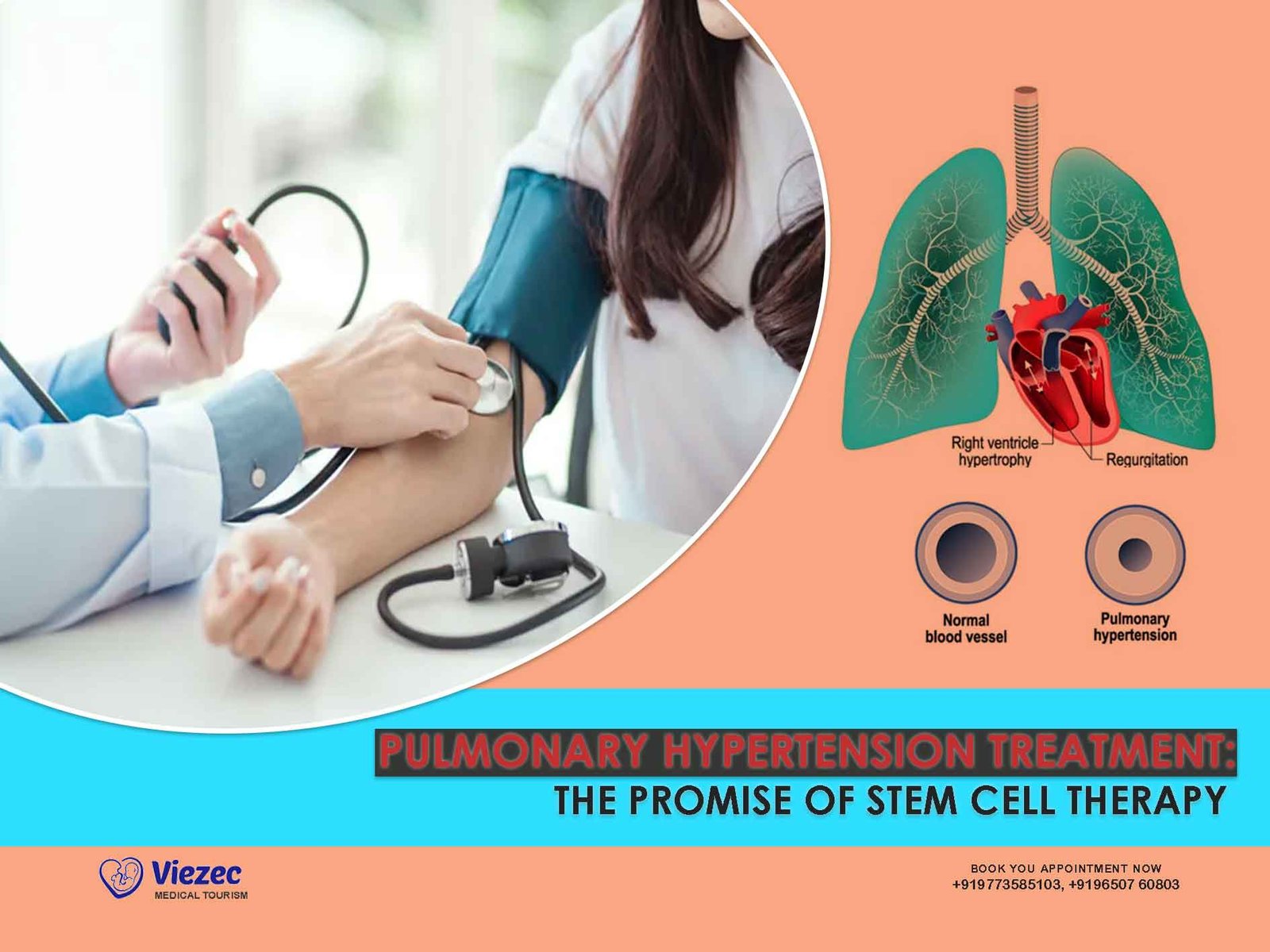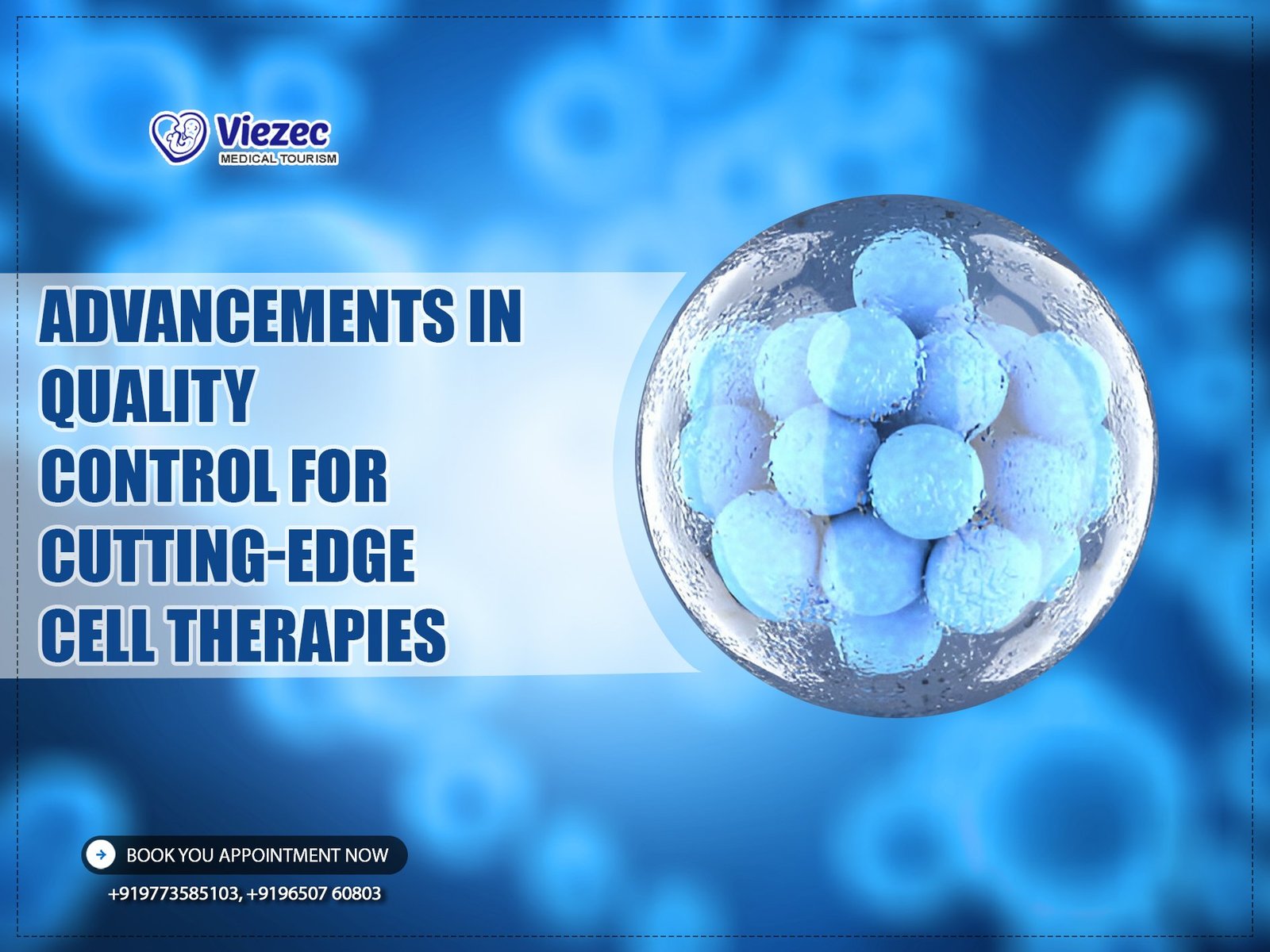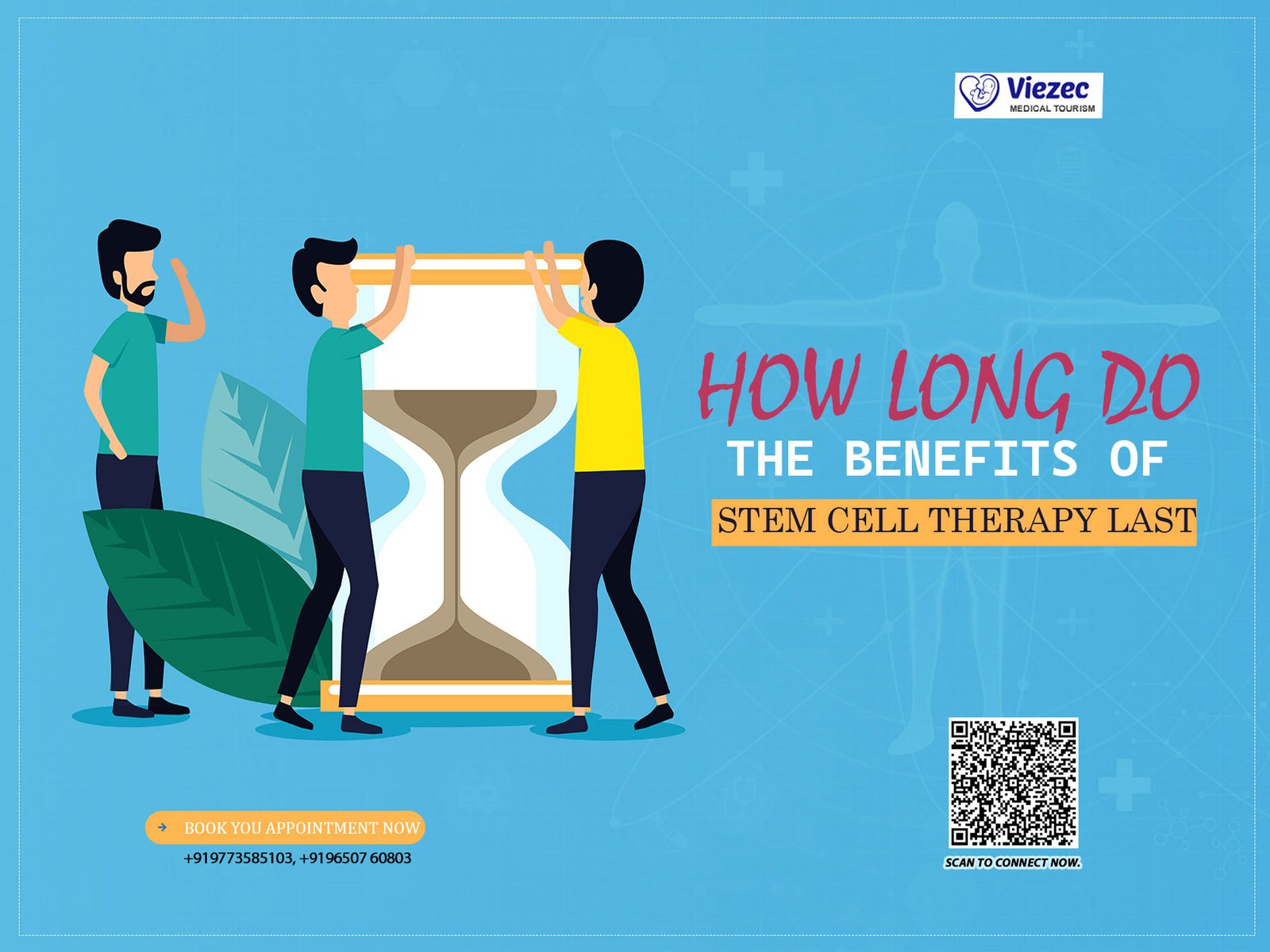Stem cell therapy has emerged as a revolutionary medical advancement in the field of regenerative medicine, offering new hope to athletes suffering from mobility impairments due to injuries. By harnessing the body’s natural repair mechanisms, stem cells facilitate tissue regeneration, reducing recovery time and enhancing performance. Mobility is critical for athletes, as their careers and daily functions depend on optimal movement and physical strength. Traditional treatments, such as surgery and pain management drugs, often come with limitations, longer recovery periods, and potential side effects. However, regenerative medicine, particularly stem cell therapy, is transforming how sports injuries are treated. This breakthrough approach allows athletes to regain movement and continue competing at their highest level without undergoing invasive procedures.
Understanding Stem Cells
Stem cells are unique cells with the remarkable ability to develop into various specialized cell types in the body. They play a crucial role in tissue repair, maintenance, and regeneration. There are three primary types of stem cells:
- Embryonic Stem Cells (ESCs): Derived from early-stage embryos, they have the highest differentiation potential but pose ethical concerns.
- Adult Stem Cells (ASCs): Found in bone marrow and fat tissues, these cells are commonly used for treating sports injuries due to their safety and regenerative capabilities.
- Induced Pluripotent Stem Cells (iPSCs): Created by reprogramming adult cells, they provide an alternative to embryonic stem cells without ethical complications.
These stem cells contribute to tissue regeneration by differentiating into specialized cells that repair damaged areas, making them invaluable in treating musculoskeletal injuries.
Mechanism of Stem Cell Therapy
Stem cell therapy works through a combination of differentiation, regeneration, and inflammation reduction. When stem cells are injected into an injured site, they interact with the body’s natural healing process, differentiating into specific tissue types like cartilage, muscle, or bone. They release bioactive molecules that stimulate tissue repair, increase collagen production, and reduce inflammation, creating an optimal environment for healing. The ability of stem cells to modulate immune responses also prevents excessive scar formation and promotes faster recovery. This mechanism makes stem cell therapy an effective treatment option for injuries that typically take longer to heal with traditional methods.
Common Sports Injuries Treated with Stem Cell Therapy
Stem cell therapy is particularly effective in treating sports-related injuries, including:
- Ligament and Tendon Injuries: Conditions such as ACL and MCL tears, which are common among athletes, can benefit from stem cell therapy by enhancing tissue strength and flexibility.
- Cartilage Damage: Osteoarthritis and meniscus tears are debilitating conditions that affect mobility. Stem cell therapy promotes cartilage regeneration, delaying the need for surgical interventions.
- Muscle Strains and Tears: Athletes often suffer from muscle injuries that require extensive healing. Stem cells accelerate muscle fiber regeneration and reduce inflammation.
- Bone Fractures and Stress Injuries: Stem cell treatments can improve bone healing, strengthening skeletal structures and reducing the risk of recurring fractures.
Sources of Stem Cells for Therapy
Stem cells used for therapy can be derived from various sources, including:
- Bone Marrow-Derived Stem Cells (BMSCs): Harvested from the patient’s bone marrow, these stem cells are widely used due to their regenerative properties.
- Adipose (Fat)-Derived Stem Cells (ADSCs): Collected from fat tissues, these cells have high proliferation rates and aid in musculoskeletal healing.
- Umbilical Cord-Derived Stem Cells: These are ethically sourced and have high regenerative potential, making them ideal for non-invasive treatments.
- Platelet-Rich Plasma (PRP) Therapy: Often combined with stem cells, PRP therapy enhances cell growth factors, improving healing outcomes.
Procedure of Stem Cell Therapy for Athletes
The procedure for stem cell therapy involves several stages:
- Extraction: Stem cells are obtained from the patient’s bone marrow, fat tissue, or umbilical cord sources.
- Processing and Enrichment: The collected stem cells are purified and concentrated for maximum effectiveness.
- Injection or Surgical Implantation: Depending on the injury severity, stem cells are directly injected or surgically implanted into the affected area.
- Recovery and Rehabilitation: After treatment, athletes undergo physical therapy and rehabilitation to optimize healing and restore mobility.
Role of Stem Cell Therapy in Joint Health
One of the most promising applications of stem cell therapy is in joint health. It contributes to:
- Cartilage Regeneration: Stem cells help repair and restore cartilage, delaying or preventing degenerative joint diseases.
- Reducing the Need for Joint Replacement: Athletes with severe joint damage often face joint replacement surgeries. Stem cell therapy offers a less invasive alternative.
- Case Studies: Several athletes have experienced improved mobility and prolonged careers after undergoing stem cell treatments for joint injuries.
Stem Cell Therapy vs. Traditional Treatments
Compared to traditional treatment methods, stem cell therapy offers significant advantages:
- Minimally Invasive: Unlike surgery, stem cell therapy involves injections with minimal downtime.
- Less Dependency on Pain Management Drugs: Traditional pain relief methods only mask symptoms, while stem cell therapy addresses the root cause of injuries.
- Faster Recovery: Stem cells accelerate healing, allowing athletes to return to their sports sooner.
Scientific Research and Clinical Trials
Extensive research supports the effectiveness of stem cell therapy in sports medicine. Studies highlight:
- Improved Tissue Regeneration: Clinical trials demonstrate enhanced healing in ligament and cartilage injuries.
- Ongoing Research: Scientists continue to explore new techniques to maximize stem cell potential in regenerative medicine.
- Future Prospects: Advances in biotechnology and AI may further enhance the efficacy of stem cell applications.
Success Stories of Athletes Undergoing Stem Cell Therapy
Many professional athletes have successfully undergone stem cell therapy to recover from injuries. High-profile cases include:
- Football and Basketball Players: Rapid recovery from ligament and tendon injuries.
- Tennis and Golf Professionals: Effective treatment for joint and muscle injuries.
- Real-World Impact: Many athletes return to competition stronger and with reduced risks of reinjury.
Cost and Accessibility of Stem Cell Treatment
- Expense: The high cost can be a barrier for some athletes.
- Regional Availability: Treatment options vary globally.
- Insurance Coverage: Limited coverage affects affordability.
Stem cell therapy is transforming the way sports injuries are treated, offering athletes a promising path to recovery and enhanced mobility. As research progresses, it will continue to play a pivotal role in sports medicine.
